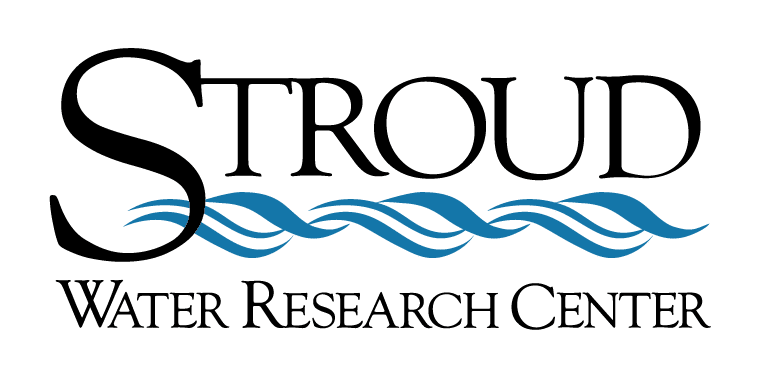Twenty-Five Years After Stroud Center Scientists Found High Salt Levels, a New Report Shows N.Y.C. Water Sources Are Trending Toward Undrinkable

A new study has found that road salt leaching into reservoirs could make New York City’s drinking water sources too salty to drink by the turn of the century.
The New Croton Reservoir, which provides 10 percent of the city’s drinking water, is especially affected, according to the report’s authors, who analyzed data going back to 1985. Local communities in Westchester County face a greater impact.
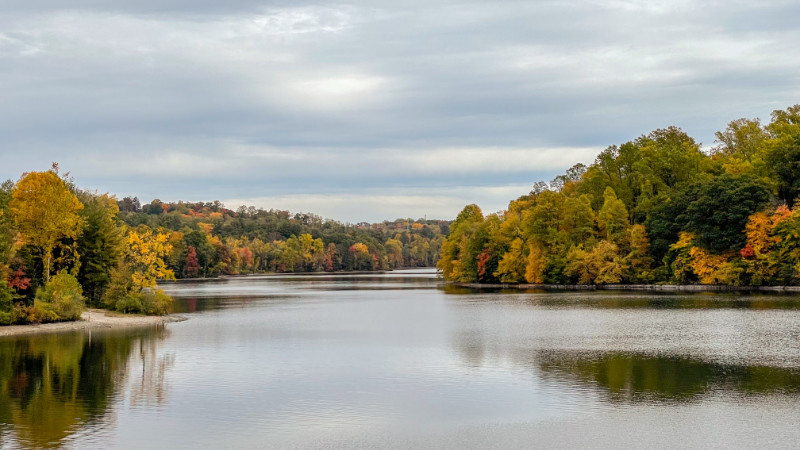
Warning Signs
Stroud Water Research Center saw the warning signs 25 years ago. In 2000, the Stroud Center began a six-year research project to establish a water quality baseline for the area’s drinking water sources, including 110 streams and rivers and 13 reservoirs.
Funded by a grant under the Safe Drinking Water Act from the state’s Department of Environmental Conservation and the U.S. Environmental Protection Agency, the project aimed to guide remediation, conservation, and ultimately ensure the availability of clean water for the city and surrounding communities.
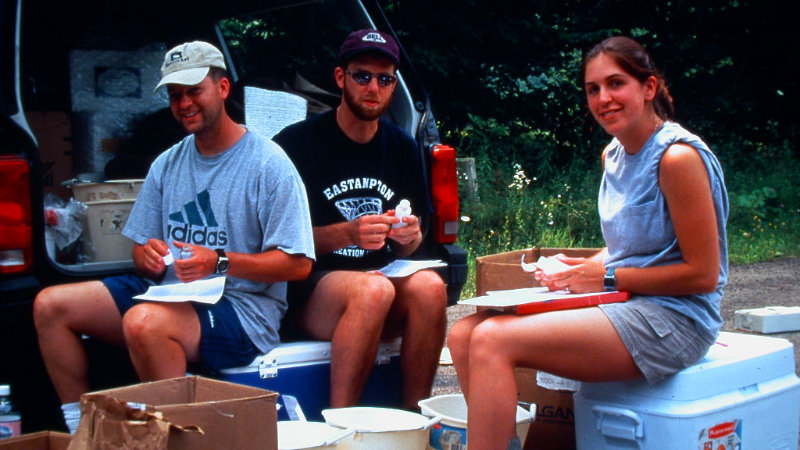
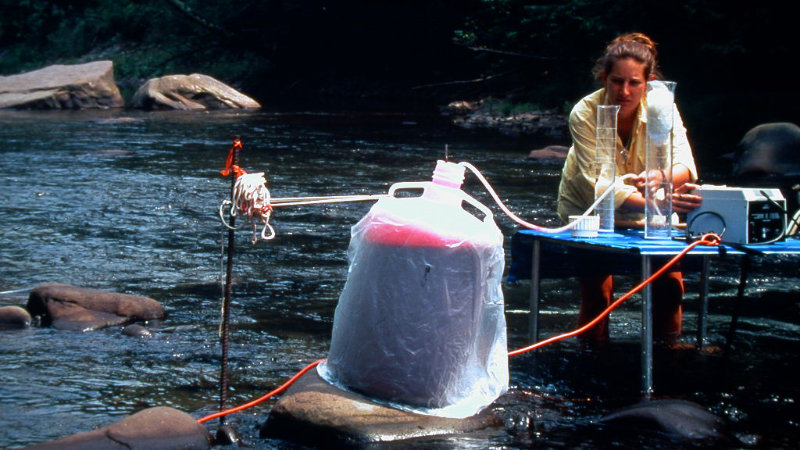
Among the findings were summertime elevated chloride concentrations in the Croton and Catskill/Delaware watersheds. Chloride is one of the ions that contributes to salinity, and its occurrence in the environment is predominantly from salt, or sodium chloride.
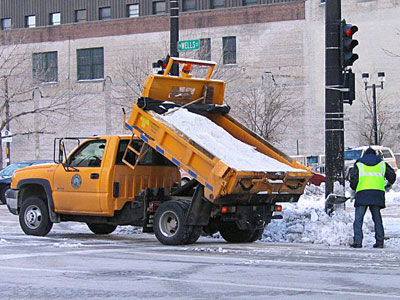
More Roads, Saltier Streams
They also found that sites with higher salt concentrations were in areas with higher road density, indicating a relationship between road salt use and salt pollution of fresh water.
New York is not alone. In January 2025, the Stroud Center led an effort to measure chloride across 600 sites from Ohio, Pennsylvania, Delaware, and New Jersey. Results showed significant road salt contamination of surface waters, with substantial increases from earlier studies.
Road Salt Part of Global Water Crisis
David Arscott, Ph.D., one of the researchers on the Stroud Center’s New York project and now executive director, says. “Road salt is part of the larger global water crisis, where we’re seeing the loss and degradation of fresh water due to mostly human impacts. Climate change will magnify threats to fresh water, road salt included. We need ongoing research and resource monitoring to preserve, protect, and restore the water that sustains life.”
Without a harmless deicing alternative, road salt continues to be used, showing up at increasing levels in streams and rivers. The simple answer, says Arscott, is to find ways to use less without risking public safety, which requires a multipronged approach that invites public participation.
So far, the focus on road salt pollution has emphasized threats to drinking water, but Arscott warns of costly impacts to infrastructure and freshwater ecosystems that will occur sooner, adding, “The time to act is now.”
Learn More
Salt keeps us safe on icy roads — but it’s also quietly harming waterways. Every winter, millions of tons of salt are spread on roads, sidewalks, and driveways to combat snow and ice. While it’s effective at reducing slippery conditions, the consequences for freshwater ecosystems, infrastructure, and drinking water are profound, especially as winter salt use has risen dramatically over the past 50 years. Learn how you can help.
